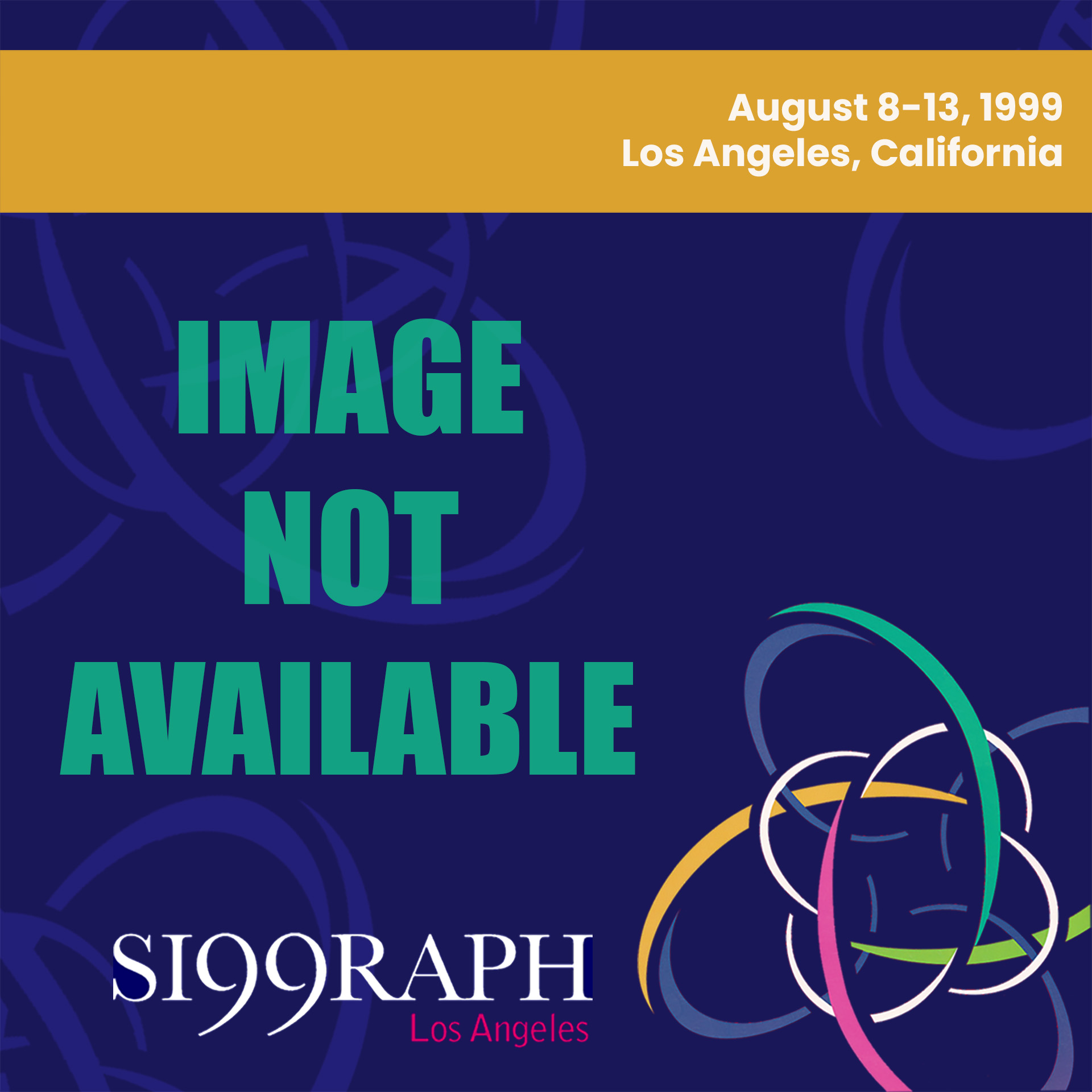“Creative Programming: Merging the Artist with the Computer Programmer” by Ollila and Carling
Conference:
Experience Type(s):
Title:
- Creative Programming: Merging the Artist with the Computer Programmer
Program Title:
- Electronic Schoolhouse (Classoom, Playground)
Organizer(s)/Presenter(s):
Description:
The Creative Programming program at the University of Gävle is unique in its approach to education and selection of students. It aims to give opportunities to highly creative and intelligent people to experiment and enhance their abilities in the world of digital media by combining their skills from other areas.
The area of multimedia systems and digital media itself is becoming increasingly important. There is a shortage of people with the required educational background who can design systems in this new medium, in research terms, as well as in visual development and implementation. The skills involved in creating software applications have expanded from traditional programming to include creative skills, such as graphic design and writing interactive narratives and storyboards. Research also plays a very important role in design of systems and implementation of new techniques yet to be utilized in current technologies. Universities with traditional computer science programs must now examine the need for these new multidisciplinary skills. The skills required to develop applications using the new medium are essentially varied depending on the end result. Several applications will require a programming, logical approach as a solution, whereas others will require a creative, visual solution to the problem.
The Creative Programming program looks at both the technical and aesthetic issues involved in current digital media. Education is in the form of lectures and practical sessions with skilled instructors from industry or academia. This keeps the students up to date with what is happening in industry, as well as the latest developments in research. The program helps students to combine existing skills with the technological skills needed in this area, enhancing their knowledge both technically and analytically.
Applications are examined by a jury of experts in the area of digital media, both from academia and from industry. A previous Creative Programming student is also included in the jury to provide a student’s perspective. The applications include samples of art work. The jury reduces all the initial applications to 30 possible candidates, who are then invited for interviews.
The interview generally involves an examination of the applicant’s intellectual ability, creative ability, skill at handling a computer, creative thinking, and sociability. One element of the interview stage is the use of Raven’s Advanced Progressive Matrices (APM) to indicate the analytical and logical ability of the applicant. It is one of the most well-examined tests of general intelligence. It is nonverbal, and it has very good psychometric properties, normalized against lots of populations with different cultural and educational backgrounds. The advanced version of the APM used in this process is designed for people of above-average intellectual capability. The test-retest reliability is over 0.93 for age 30 and under. The test is used to evaluate the logical, intellectual capacity of those very artistic applicants who have no experience in traditional computer science. As APM is a very good predictor of academic success, it can also be used to raise the confidence of the applicants.
Social and emotional competence are also judged in the interview, to make sure that an open and dynamic group process is promoted by the students accepted. Creation of this group dynamic is also the rationale for selecting a good mix of gender, age, and artistic and computational profiles into the group. In this way, the most crucial conditions for merging the artist with the programmer are met.
This new digital media program provides a place where programmers who have artistic skills and artists who have never approached a computer can learn and improve themselves. In this lab environment, different cultures experiment with new techniques and use each other as references both technically and aesthetically. Those who are familiar with computer programming educate the artists in some aspects and in return receive aesthetic criticism and tutorage.
The educational process concentrates on theoretical aspects of multimedia, design and cognition, computer graphics, modeling and animation, aesthetics, and media issues. The practical side generally involves reinforcing the theory but also acts as an avenue for the students to enhance their creativity. Industry involvement is also crucial, so the students often find that their work has a real-world purpose. Guest lectures from industry, some not directly associated with digital media but affected by its presence, allow for intellectual discussion groups to develop between creative students and the industry of which they so often have misconceptions.





